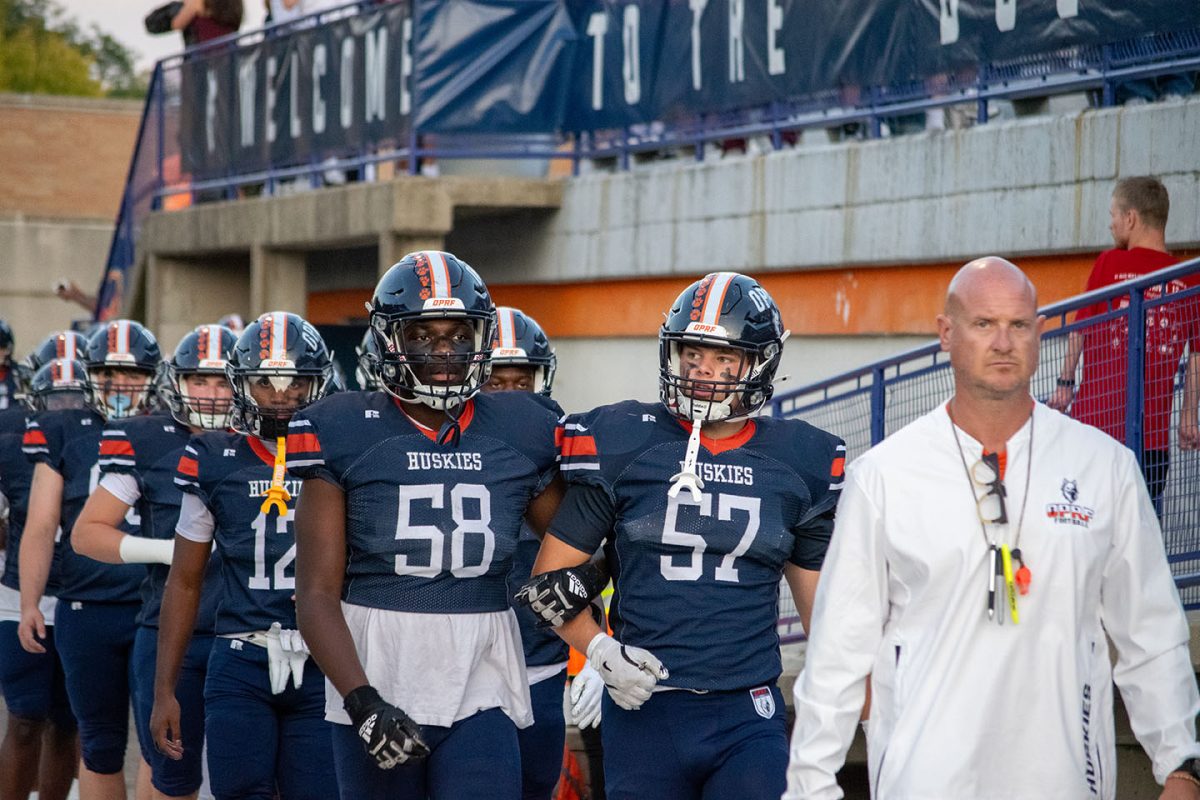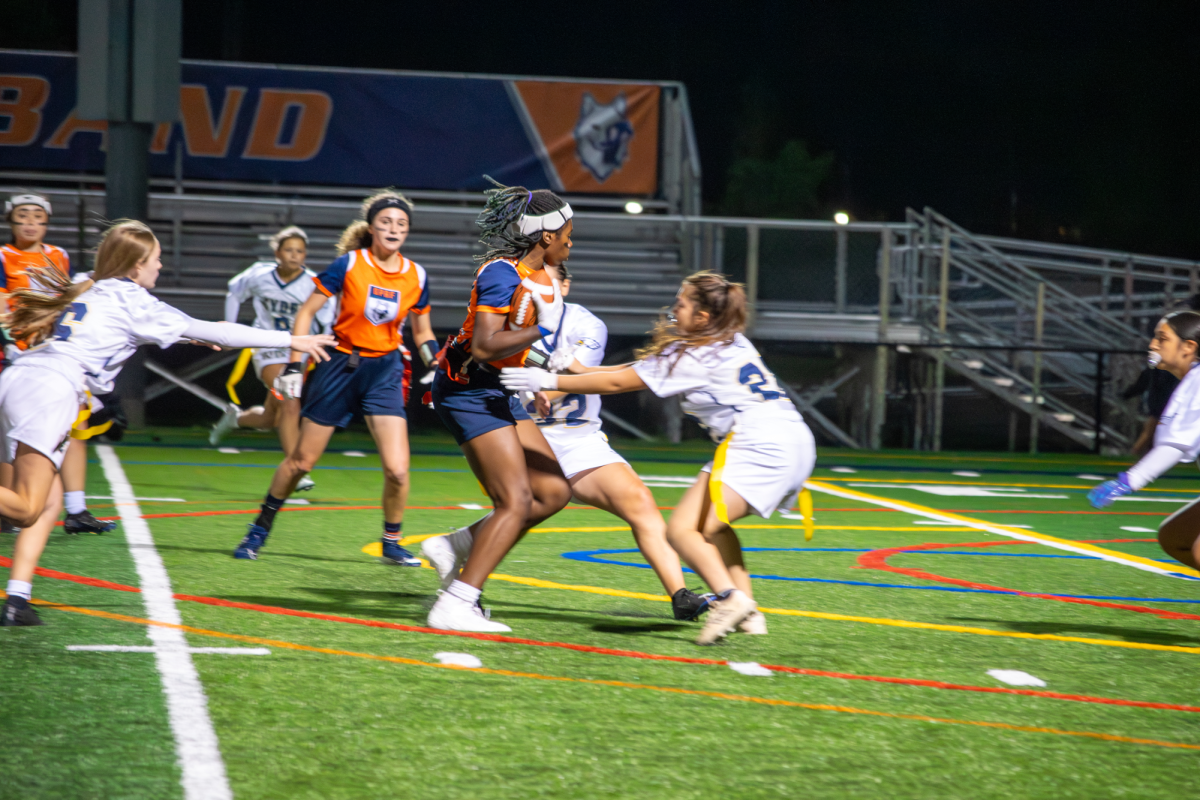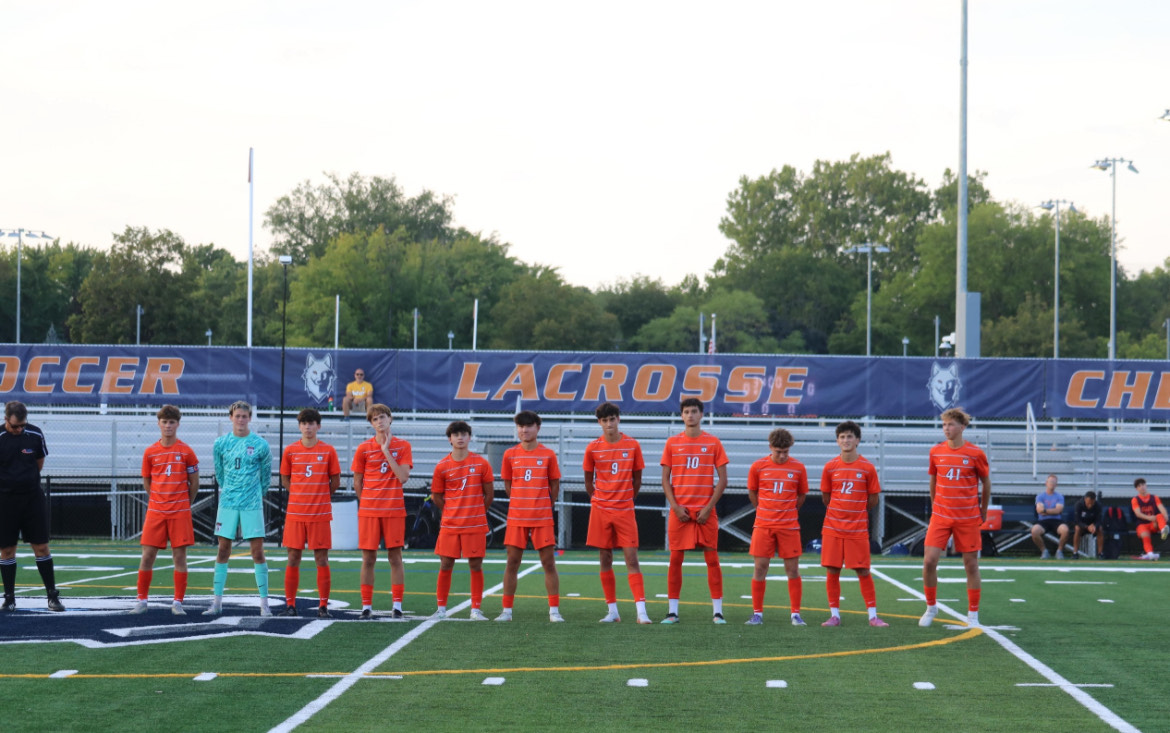The rivalry between Caitlin Clark and Angel Reese has become one of the most talked about narratives in women’s basketball. The topic stems from their collegiate days and has traveled with them to their rookie season in the WNBA. The dynamic tension between two of the sport’s most talented players of the next generation has captivated fans and analysts alike.
Clark is an alumna of The University of Iowa women’s basketball team and a new member of the Indiana Fever. She is known for her incredible scoring ability and sharpshooting. Clark has had a rookie season unlike any other as she is closing the season by being labeled “Rookie of the Year.”
Reese, an alumna of Louisiana State University women’s basketball and rookie for the Chicago Sky, is celebrated for her dominant presence and defensive prowess. The two have clashed on and off the court, creating a spectacle that goes beyond the game itself.
Their competitive spirit and contrasting styles have fueled a rivalry that highlights the intensity and passion of women’s college basketball, making every encounter between them a must-watch event.
The rivalry between the two players has helped bring attention to women’s sports but women’s basketball specifically. The on-court rivalry and the discussions that it brings to the table have sparked widespread media coverage which has led to women’s college basketball and the WNBA gaining more viewers.
Showcasing players with skills and passions like Reese and Clark has elevated the existing profile of women’s basketball on a national and global level.
On Aug. 30 the Indiana Fever played the Chicago Sky ending in a score of 100-81 in favor of the Fever. The game that featured the Reese and Clark rivalry had a total of 1.8 million viewers across all platforms.
The treatment of Reese in comparison to Clark needs to be addressed. Their rivalry has sparked a significant debate and highlighted underlying issues of bias and inequality in sports.
Reese, a talented and dedicated athlete, has faced copious amounts of criticism and scrutiny rooted in much deeper societal prejudices.
Reese’s treatment is seen as a reflection of a much deeper double standard that exists in the sports world. Reese, who is a Black woman, is subjected to harsh judgments and negative stereotypes that her white counterparts, like Clark, do not have to face to the same extent. This disparity is evident in the way media and fans react to their performances and conduct.
While Clark’s assertiveness and competitive spirit are often praised, Reese’s similar behavior is continuously labeled as aggressive or unsportsmanlike. This double standard not only seems to undermine Reese’s achievements but also perpetuates harmful stereotypes about Black athletes.
The comparison between the two athletes is also problematic because it reduces their ability to be individual players who don’t have a toxic narrative between themselves.
This narrative takes away from all of their prior achievements and paints them as a simplistic rivalry that is fueled by spectators.
Both athletes have their unique skills, backgrounds and contributions to their teams. Comparing them directly overlooks the complexities of their experiences as basketball players as well as the different challenges that they face on their own. The negativity that fans sparked took away the opportunity to praise two athletes for changing the narrative for the next generation of WNBA players.
The poor treatment of Reese and the unfair comparison to Clark highlight a pattern of racial and gender bias in sports. It is important to recognize and address these biases because instead of pitting the two women against each other we should celebrate their success and be supportive.







